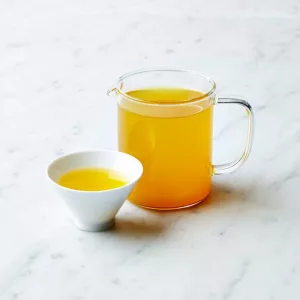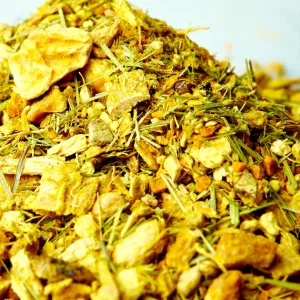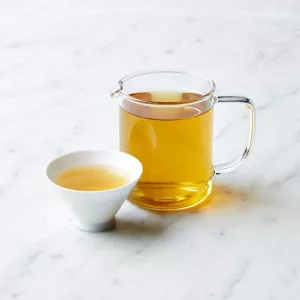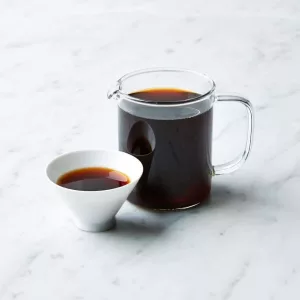
I was not kidding about the Martha Stewart hat, which may I mention, followed me everywhere throughout the entire trip. I felt like an American tourist in the tea gardens of Puli. I wanted to soak all the excitement in; similar to how it feels when you first enter a new museum and you want to learn everything about a particular exhibit… in one hour!
As we entered the gardens, the first thing I received was my own hat and basket. “You have a long day ahead,” said Rebecca to me with a laugh as she pointed us to the bushes. Floral ladies everywhere, with small razors at the tip of their index fingers surrounded us, quickly picking the best leaves possible in their designated sections.
These ladies are quick. I mean less than 5 seconds a “proper” leaf-kind-of quick. I made my way into the bushes and started picking. I was quickly scolded by one of the only men in the circle, who mentioned to me in Chinese

(Rebecca had to translate) that I was picking them incorrectly. According to Mr. Chen and this man, the proper way to pick leaves is to get them at the edge where the stem meets the leaf and trim them.
It’s important to pick two leafs and a bud. The typhoon had caused the leaves to grow increasingly, and essentially damaged them. This made it more challenging to find a healthy leaf. We spent what seemed liked an entire afternoon picking leaves from one garden to another with these women, as we clicked away at our cameras in the heat.
After we picked the leaves, we went to Mr.Chen’s small factory by the gardens to process the leaves. We set them out on the floor near a mesh netted area where the leaves were left to wither and dry. Ah, the smell of fresh tea leaves. After the leaves dry, we transported them inside the factory where we sorted them and put them on bamboo racks to dry for 20 hours. To think the process it takes to make tea. We wanted to stay awake and anticipate the 20-hour drying period, but we decided to call it a day.





